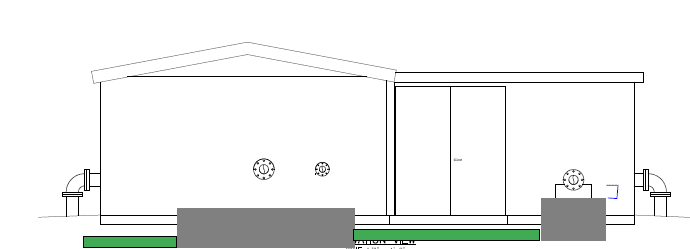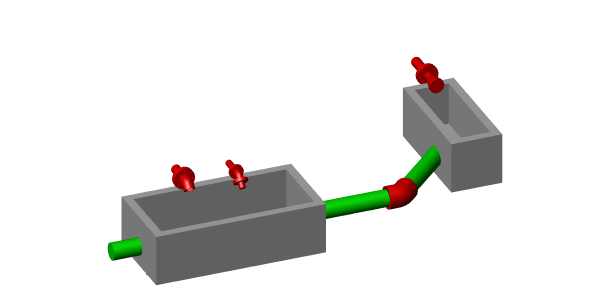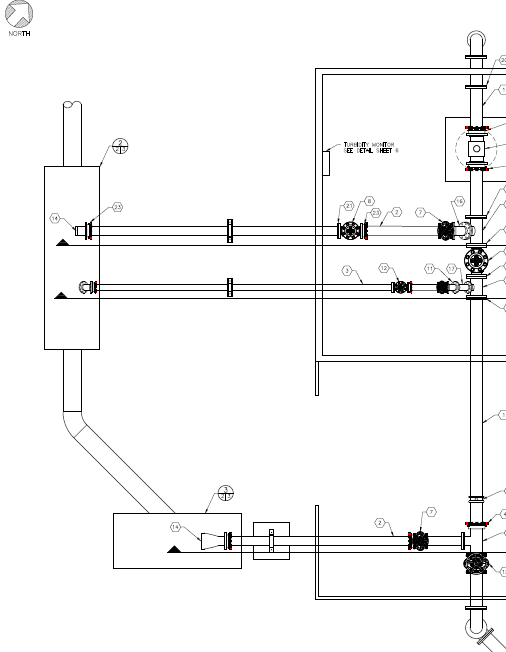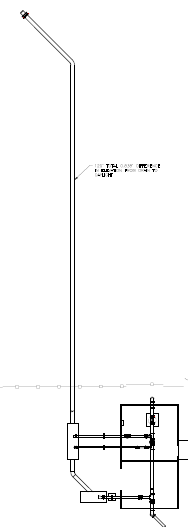fyrefreezer
Civil/Environmental
Hello!
I have a concrete box that is going to be filled with water at 900 gpm, the dimensions are 7' * 5' and a 3' depth. I am planning on installing a 12" drain pipe made of PVC coming from the side of the concrete box, it daylights 120 ft out with only a .838 ft drop (about 10 inches). Will this be able to satisfy the 900 gpm demand without overflowing the concrete box? I used the haze williams equation to find that the 12" inch drain should discharge about 1992 gpm, which would definitely satisfy the 900 gpm demand. If this is wrong in anyway, or have information for a solution, please enlighten me!
Thank you!
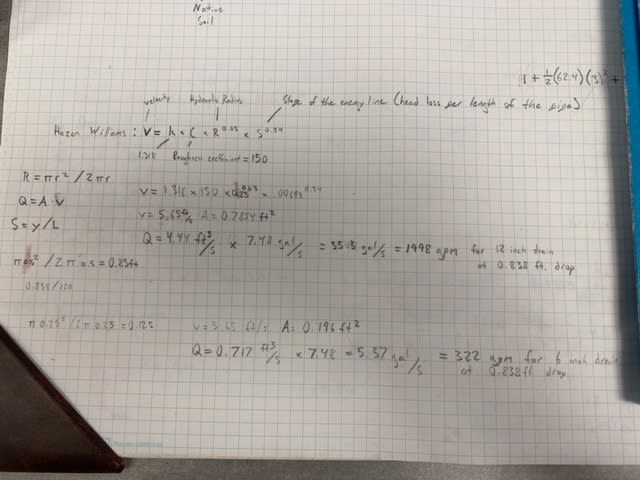
I have a concrete box that is going to be filled with water at 900 gpm, the dimensions are 7' * 5' and a 3' depth. I am planning on installing a 12" drain pipe made of PVC coming from the side of the concrete box, it daylights 120 ft out with only a .838 ft drop (about 10 inches). Will this be able to satisfy the 900 gpm demand without overflowing the concrete box? I used the haze williams equation to find that the 12" inch drain should discharge about 1992 gpm, which would definitely satisfy the 900 gpm demand. If this is wrong in anyway, or have information for a solution, please enlighten me!
Thank you!


